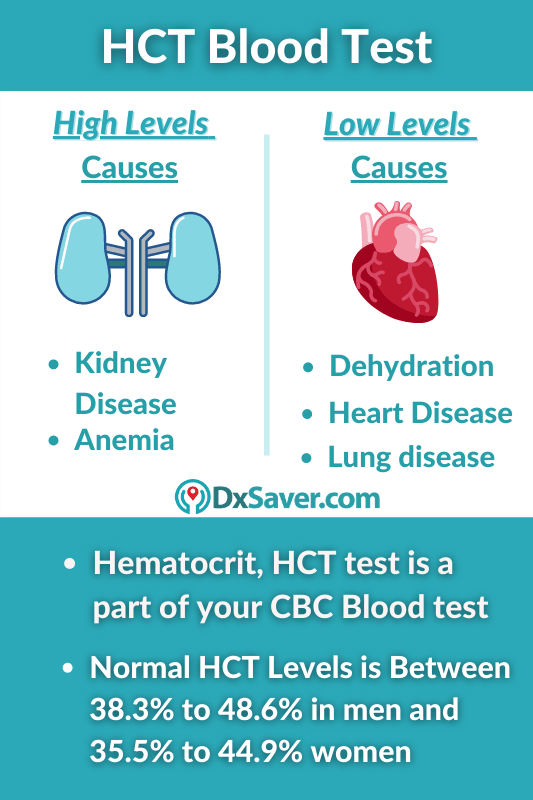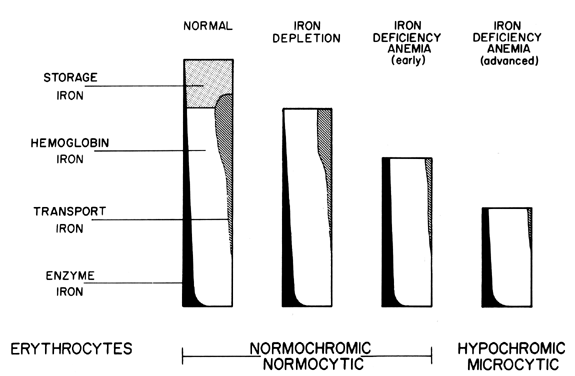


Red blood cells carry oxygen from the lungs to the rest of the body. Too many or too few of the different types of white blood cells can help find an infection, an allergic or toxic reaction to medicines or chemicals, and many conditions, such as leukemia. The numbers of each one of these types of white blood cells give important information about the immune system. Each type of cell plays a different role in protecting the body. Immature neutrophils, called band neutrophils, are also part of this test. The major types of white blood cells are neutrophils, lymphocytes, monocytes, eosinophils, and basophils. White blood cell types (WBC differential). The number of white blood cells is sometimes used to find an infection or to see how the body is dealing with cancer treatment. When a person has a bacterial infection, the number of white cells rises very quickly. White blood cells are bigger than red blood cells but fewer in number. If an infection develops, white blood cells attack and destroy the bacteria, virus, or other organism causing it. White blood cells protect the body against infection. A CBC also helps him or her diagnose conditions, such as anemia, infection, and many other disorders.Ī CBC test usually includes: White blood cell (WBC, leukocyte) count. A CBC helps your doctor check any symptoms that you may have, such as weakness, fatigue, or bruising. These data indicate that hematocrit values above 61% in men or 56% in women and hemoglobin values above 21 g/dL whole blood in men or 19 g/dL whole blood in women are outside the normal range.A complete blood count (CBC) gives important information about the kinds and numbers of cells in the blood, especially red blood cells, white blood cells, and platelets.

The range of normal values was 45% to 61% for hematocrit and 13 to 21 g/dL for hemoglobin in the men and 41% to 56% for hematocrit and 12 to 19 g/dL for hemoglobin in the women. The corresponding female values were 48.3% and 15.8 g/dL whole blood, respectively. Male hematocrit averaged 52.7% and hemoglobin averaged 17.3 m/dL whole blood. We studied 1,934 healthy, young (aged 15 to 29 yr) male and female residents of Potosí, Bolivia (4000 m), to determine the average and normal range of hemoglobin and hematocrit values, defining normal as within 2 standard deviations of the mean or encompassing 95% of the observed variation. Defining the range of normal hematocrit and hemoglobin levels in residents of high altitude is required to diagnose chronic mountain sickness (CMS) and other conditions defined, in part, by hematocrit or hemoglobin values.


 0 kommentar(er)
0 kommentar(er)
